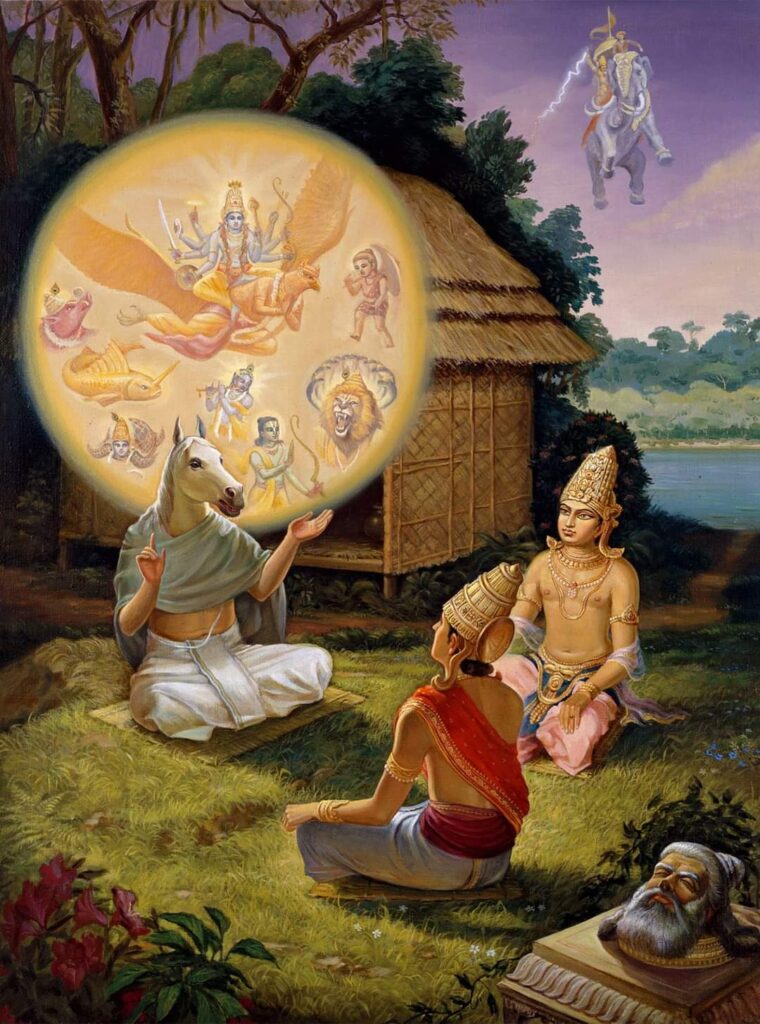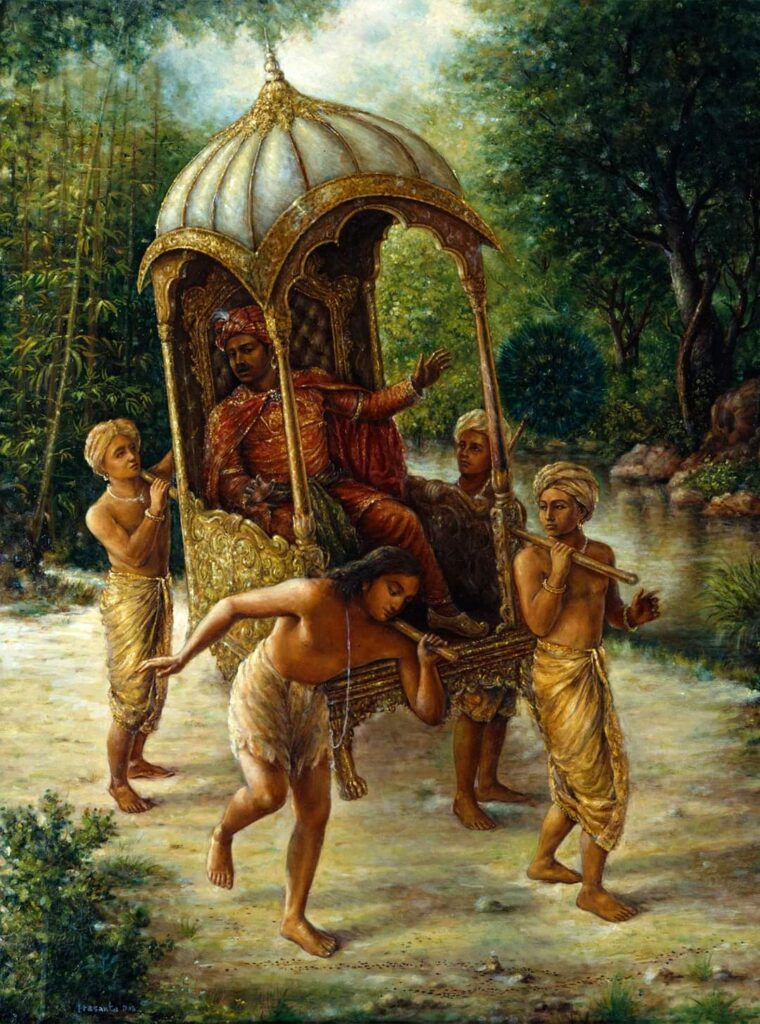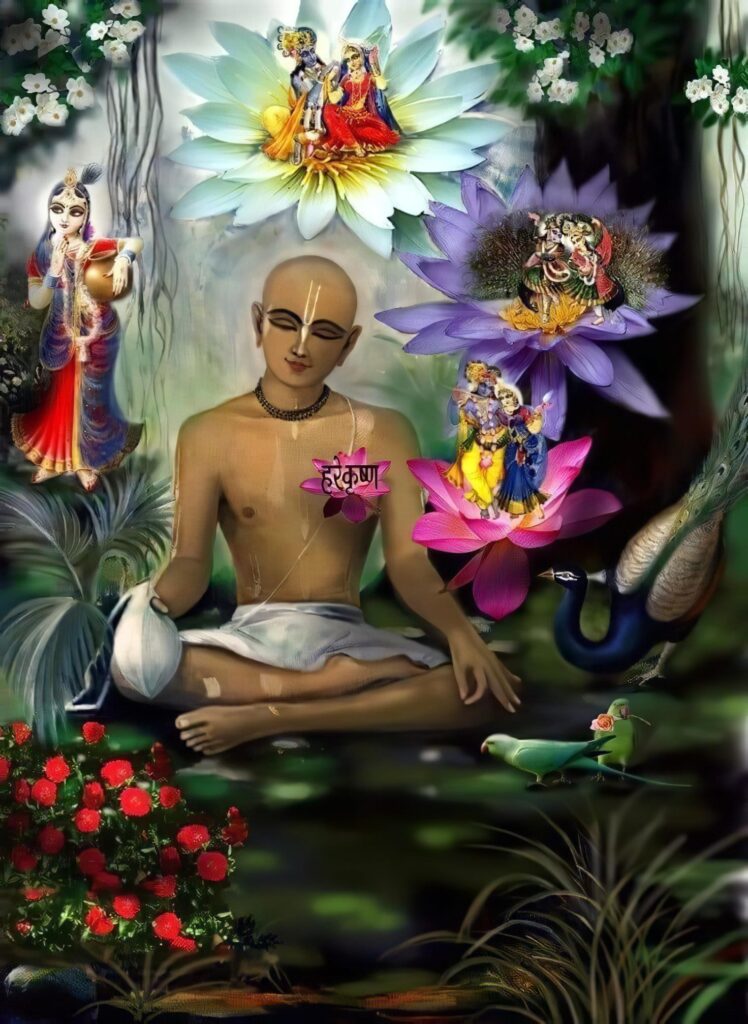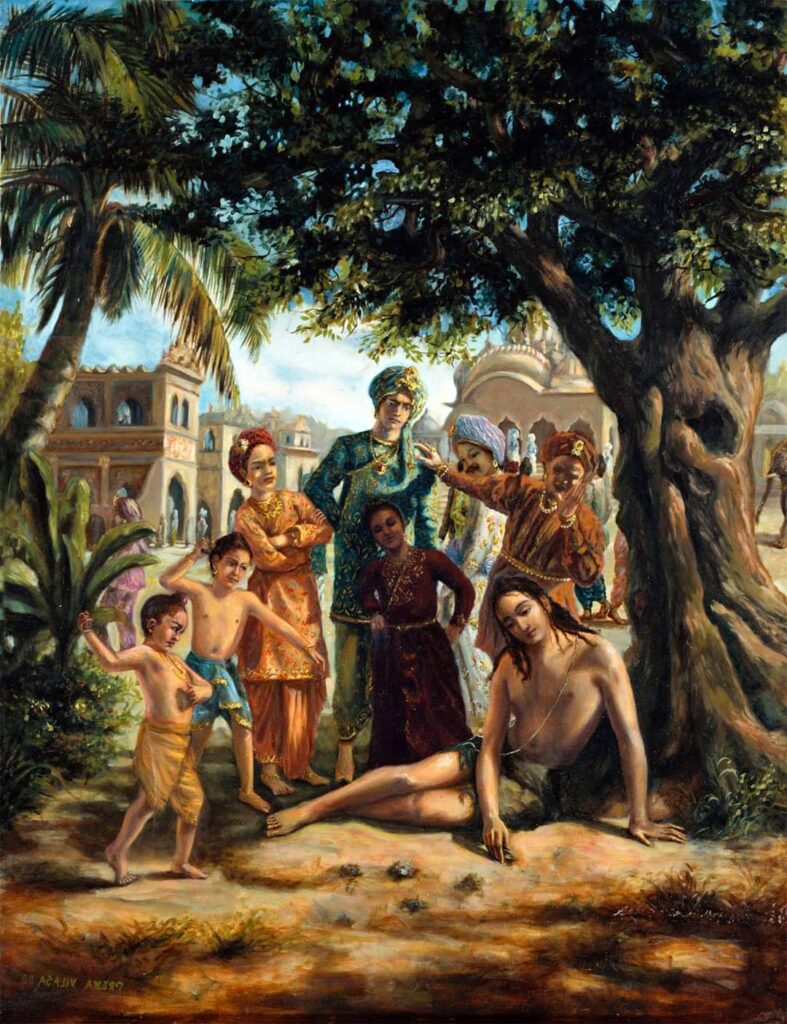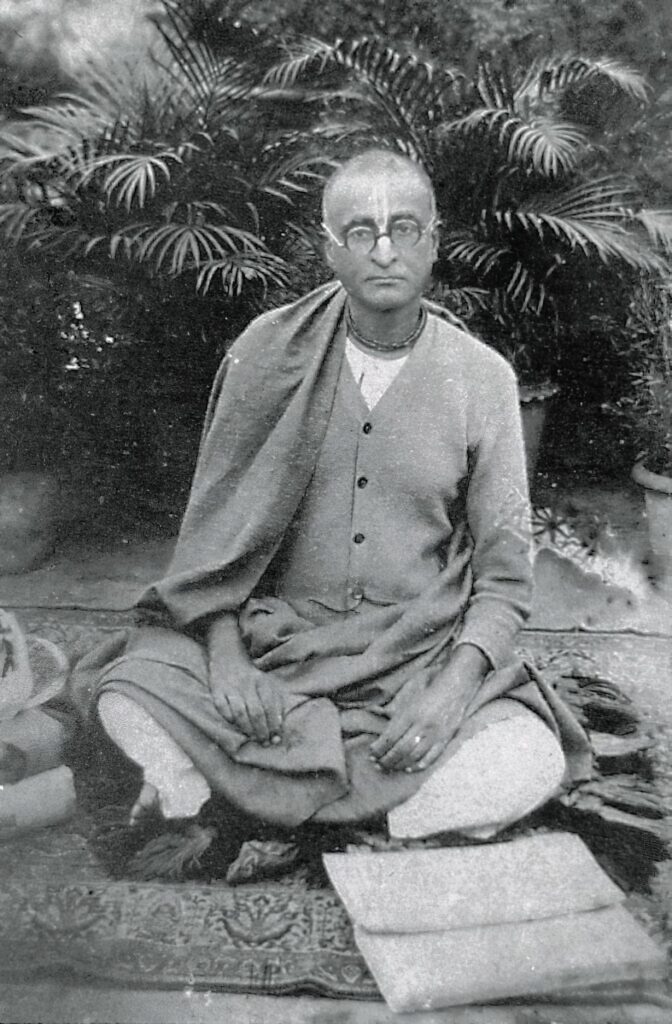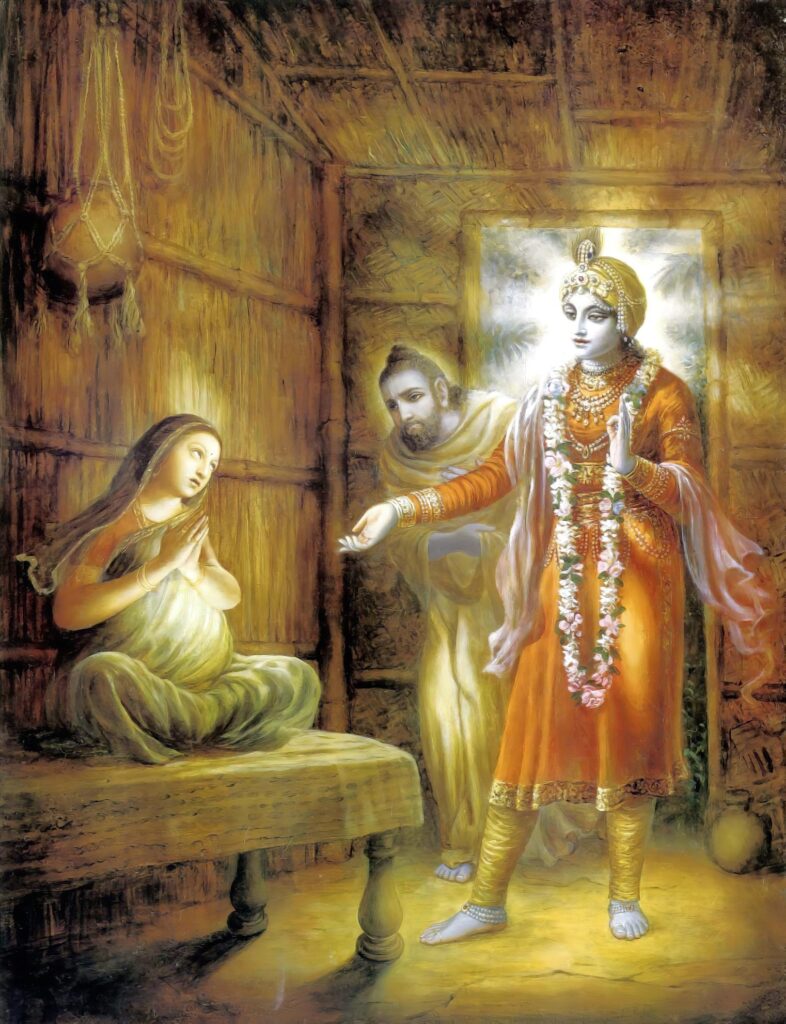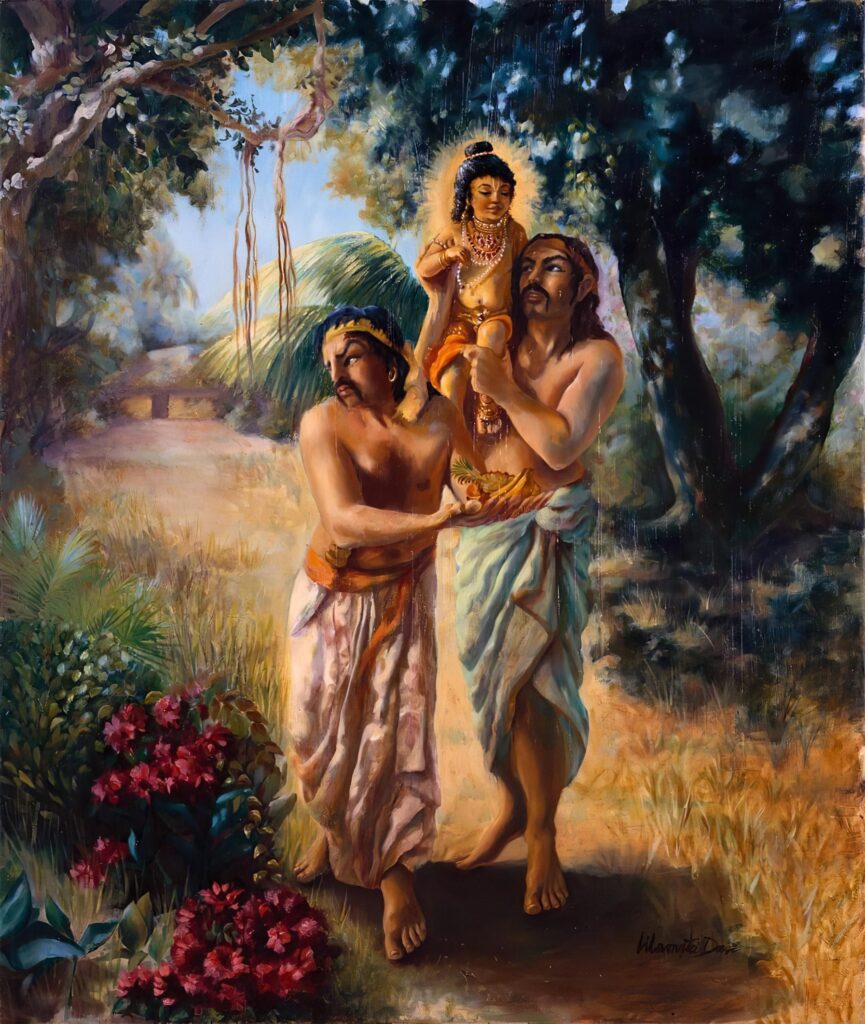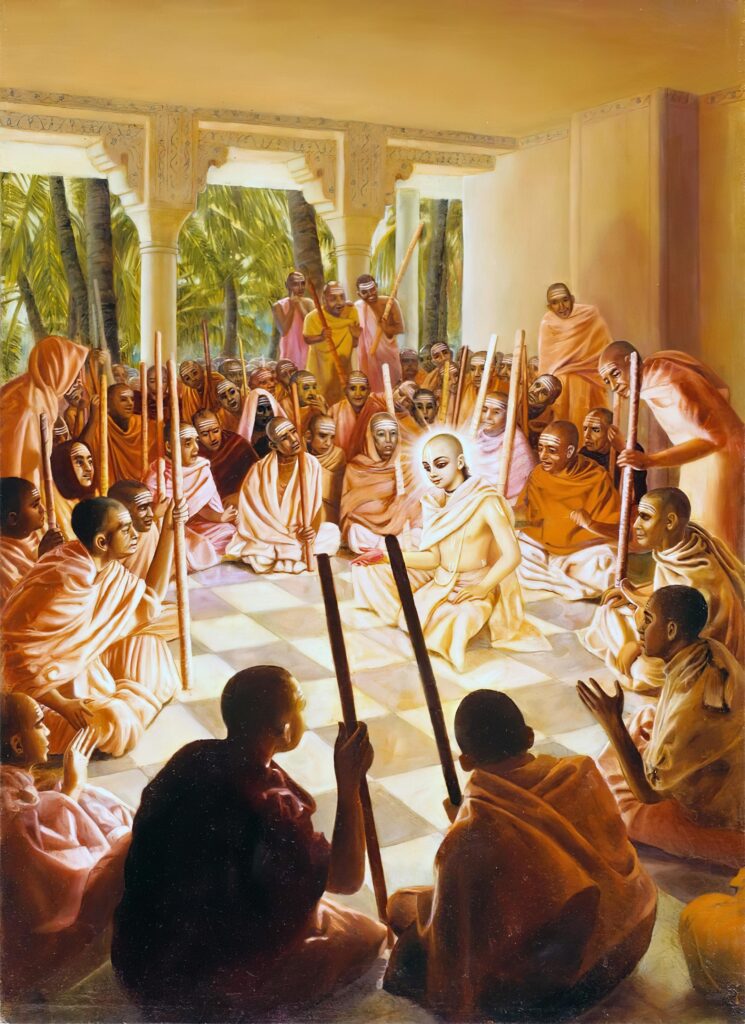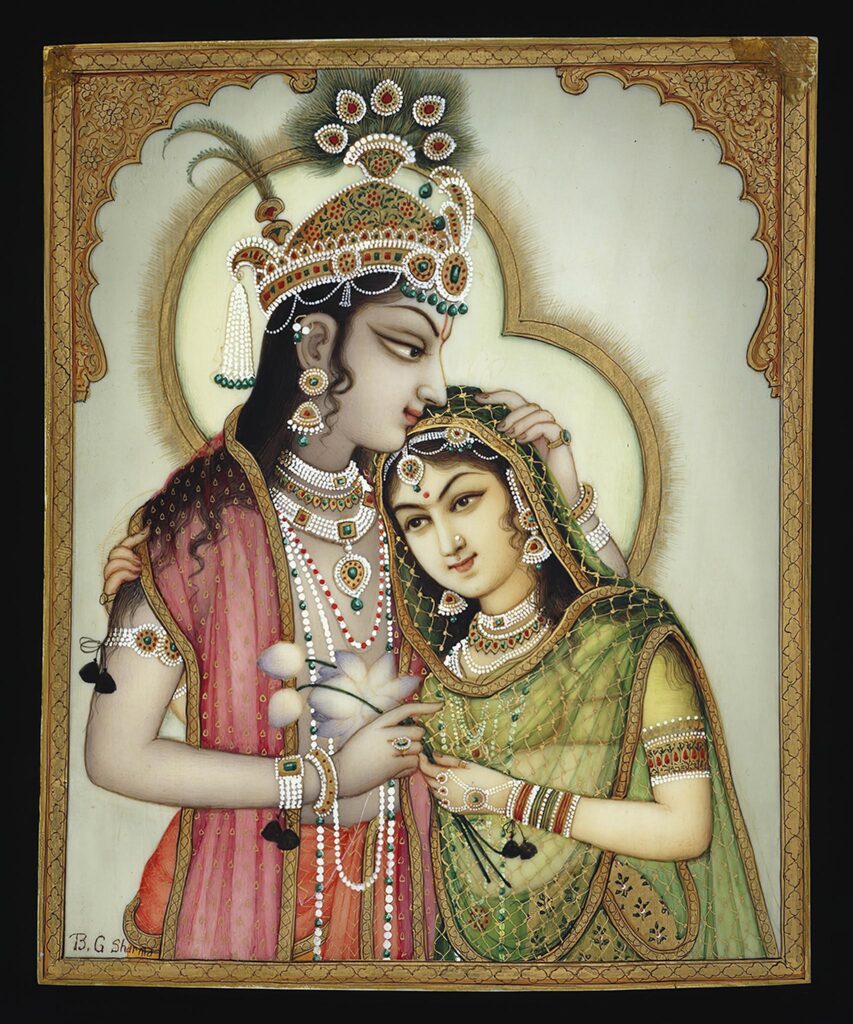It’s well documented that Prabhupada wanted all his disciples and followers to write regularly. This includes both men and women. Disciples of both genders were encouraged to write regularly about Krsna Consciousness and try to publish these articles not only in the Back to Godhead magazine and internal publications of our movement but also in newspapers and other media. When we take into the current context this obviously includes the internet and social media.
Of course, the problem when devotees start to write is that often the false ego grows a little and we start to fight. The ones who were around during the 1980s, 1990s, and 2000s can surely remember extremely long debates and battles of quotes going on on PAMHO, Dandavats, and other lists and forums. Such discussions created lots of disagreements, splits, and issues that remain unresolved. As a result, many of the devotees who went through it started recommending devotees to stop writing about any potentially polemic topics (which means basically anything) and just keep their heads down to avoid problems. This is an understandable reaction to past problems, but it’s not a viable long-term solution. If we stop using our brains for fear of hurting the sensibilities of others, our movement will not have much of a future.
This brings us back to the initial point. Prabhupada wanted us to not just practice Krsna Consciousness for ourselves, but learn to explain it to others. Yes, we should write and we should debate, Prabhupada expected this from us, we just need to learn from past mistakes and learn to do it in a respectful and civilized way, that’s all.
